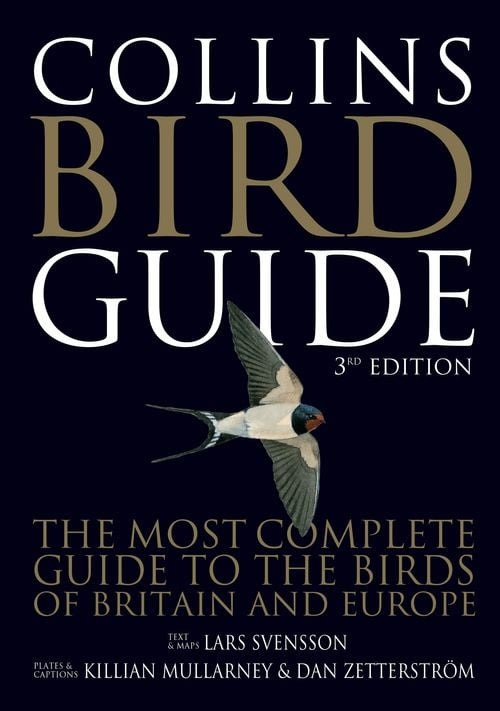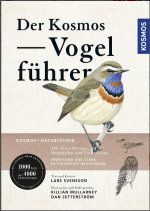nkbj
Niels Kristian Bech Jensen

I have absolutely no idea.So does the guide change the taxonomy in use for each language edition it publishes, or do they just change the introduction to state that they don't follow whatever the local authority is 100%? Google tells me IOC split the Short-toed Larks in Dec 2020.












